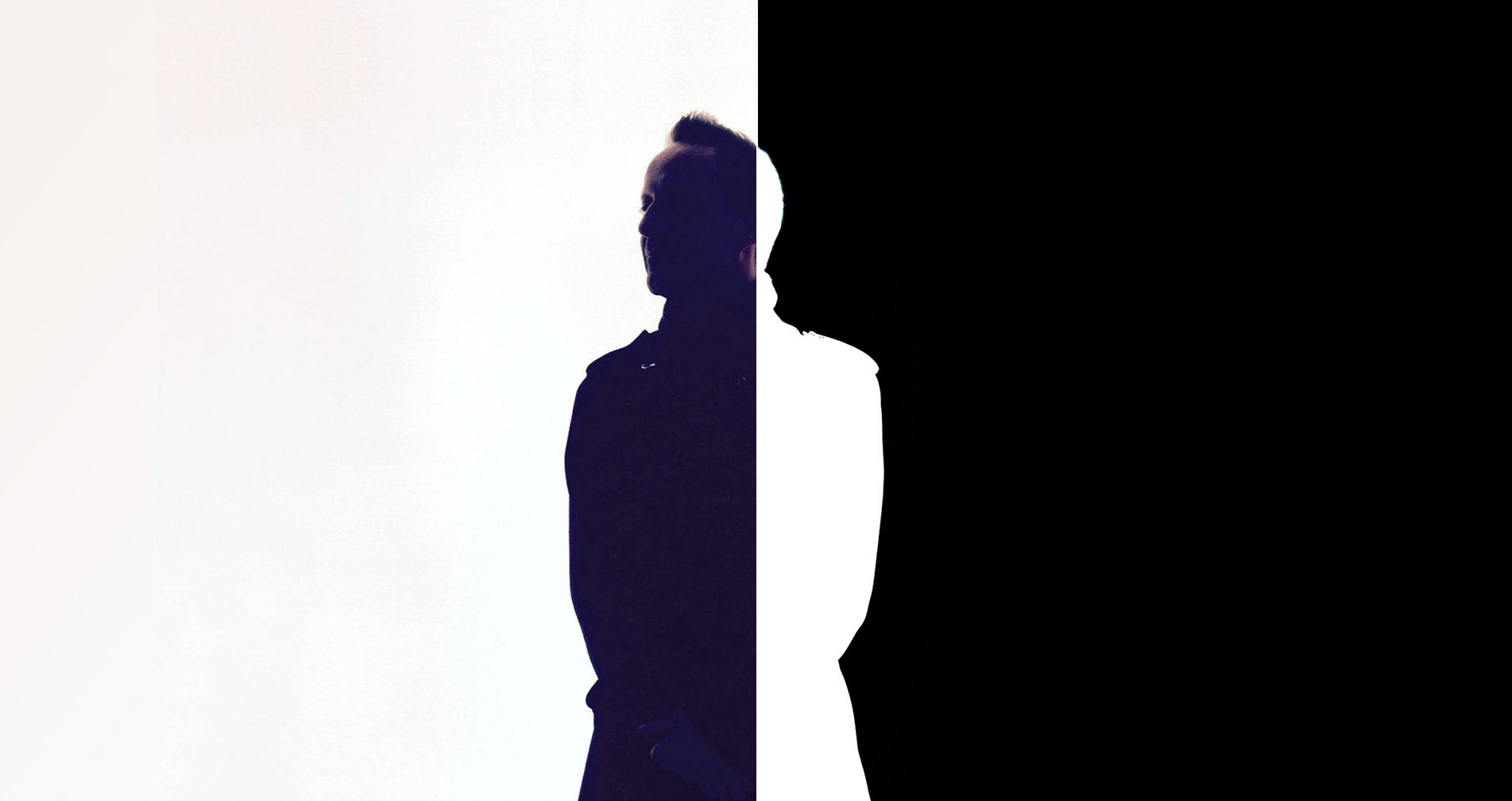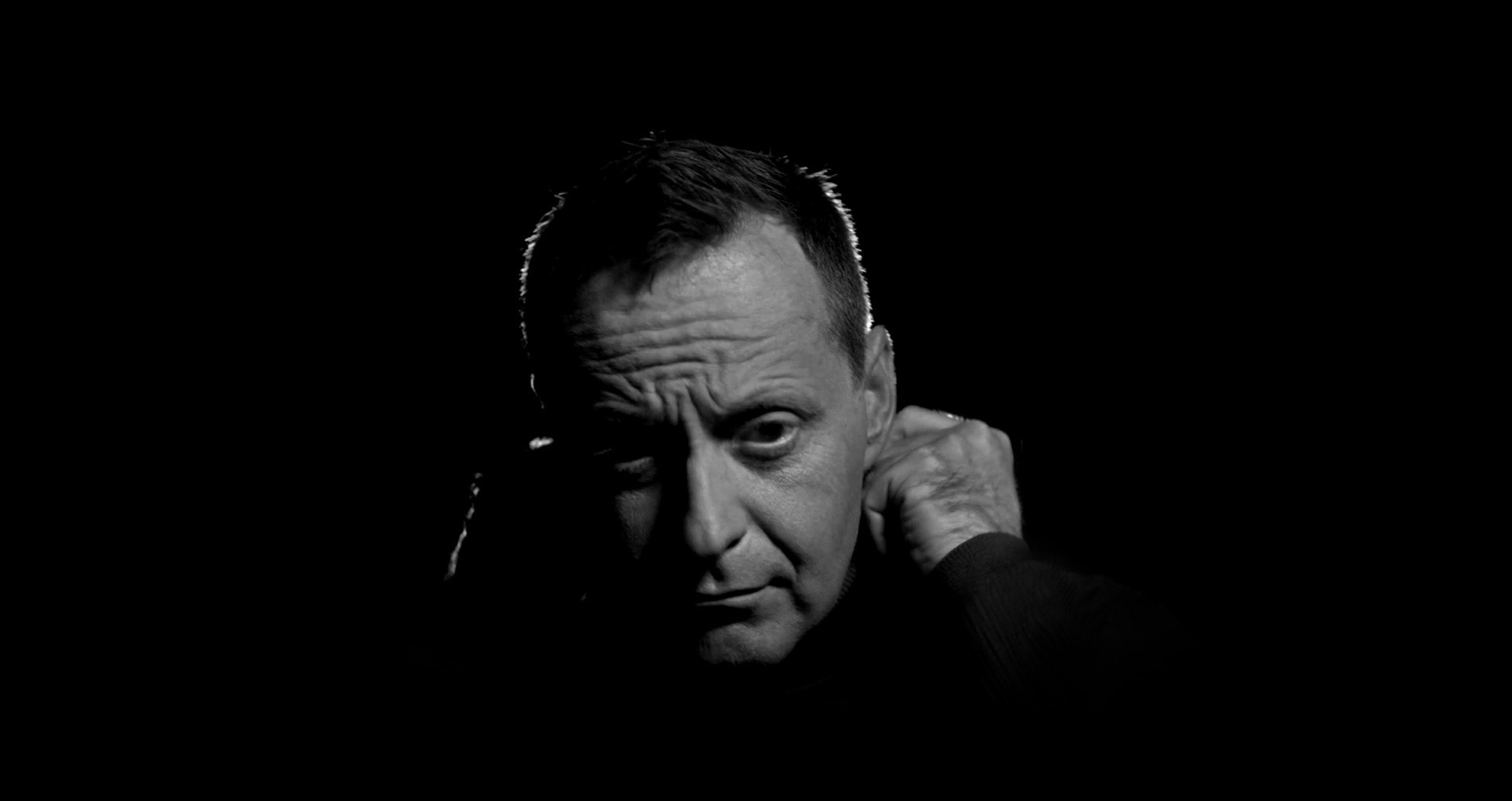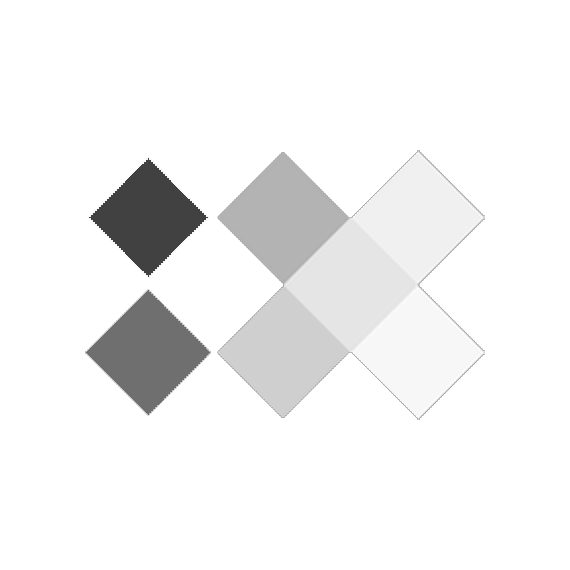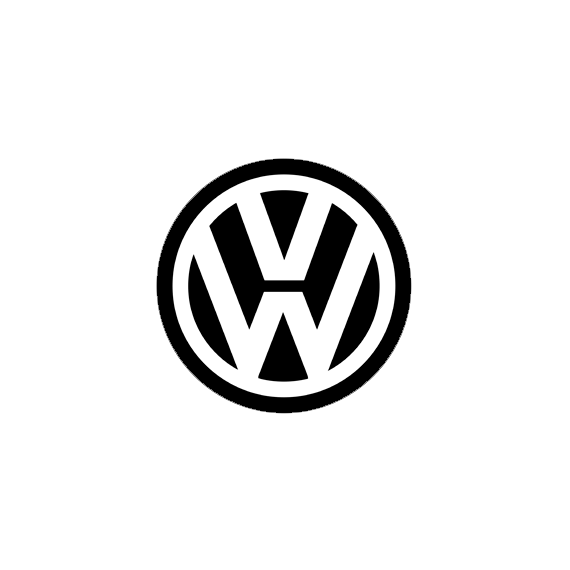It's about experiences
«The medium is the message» was definitely the most relevant quote of the last century in terms of communication. It means when the form of a medium embeds
itself in any message it would transmit or convey, and create a symbiotic relationship by which the medium influences how the message is perceived. Marshall
McLuhan was definitely right when it is about linear storytelling in conventional media.
Nowadays, it's about setting up a message, then choosing the right channels, adapting the content for a huge variety of media for variable interesting
stories, and also adjusting the message for certain target groups. It's about creating experiences with personalized storytelling.
And I am pretty sure this will go on and on in times of Branded Experiences in Mixed or Virtual Realities, more and more enhanced by Augmented Reality, when
we speak about User Generated Content not only in Social Networks, also in immersive Virtual Environments. And by the way, the definition of Content does
not only mean the combination of images and text. Now, it's about bringing the virtual environments and our reality together. In this user-centric world,
the message more and more defines the medium.
Branding & Identity
Choosing the right color, the right shapes, the right typography and the right combination of all is the essential part of building a remarkable brand that will work in every kind of media.
Storytelling
Without a story an experience becomes a pure product facts show. That's boring! Even in interactive media. So it's about adding some more emotional value to trigger your customers.
Design
It's not just about making something as beautiful as possible. It's more about the right creation and visualization to reach communication purposes. Nevertheless, nobody would be disappointed if the result looks beautiful, right?
Technology
Whether website, social media, DOoH, 360° video, projection mapping, motion tracking, multi-touch desks, MR, VR - using the right technology for your story is an essential part of today's creative processes. And who honestly thinks that print is dead?

More than 20 years of professional experience and 12 years of leadership
As a designer it's not important to me what kind of client or industry I work for. The challenge and the result is important.
Whether automotive, beauty, finance, FMCG, pharma, software, food or NGO - there is no rule that says one can only work for a certain
field of industry. The approach is as important as the claim itself!
I gained my first professional work experience in 2002 with projects in advertising. Then in 2004 I became much more involved in projects
around film production and interactive exhibition content. From 2007 on, during my time at two of the biggest TV broadcasters in Germany
Sky, ProSiebenSat.1 and
ZDF, I enhanced my skills around the combination of branding,
digital design, storytelling and motion graphics. From then on, I also started to lead creative teams and units with a focus on digital
creation, for example at Saatchi & Saatchi Pro and
ZDF Digital.
So, from 2011 on, I have been responsible for creative departments at agencies or companies. As a Creative Director I have been co-leading
the Content department of IBM iX Studios
until the end of 2019. After gaining further professional practice in creative management at
Edelman, I currently work as Creative Director at TLGG
as one of Germany's leading digital brand development agencies. Furthermore, as Professor for Design I teach Strategic Design, Concept Development,
as well as Communication and Interaction Design at Macromedia University
in Leipzig.
Clients
Proudly served some of the most famous companies and brands from a huge variety of industries

My Working Process
The following three parameters are a relevant basis of my usual workflow, regardless of the budget or the size of a project.
Consulting & Design Thinking
Design Thinking as an essential part of consulting is an iterative process in which I seek to understand the user, challenge assumptions, and redefine problems in an attempt to identify alternative strategies and solutions that might not be instantly apparent with our initial level of understanding. At the same time, Design Thinking provides a solution-based approach to solving problems already at the stage of strategy or ideation. It is a way of thinking and working as well as a collection of hands-on methods.
Design Management
Design management encompasses the ongoing processes, business decisions, and strategies that enable innovation and create effectively-designed products, services, communications, environments, and brands that enhance our quality of life and provide organizational success. It seeks to link design, innovation, technology, management and customers to provide competitive advantage across the triple bottom line: economic, social, cultural, and environmental factors.
Agile Development
Agile methods refer to a group of development methodologies based on iterative development, where requirements and solutions evolve through collaboration between self-organizing cross-functional teams. Agile methods or Agile processes generally promote a disciplined project management process that encourages frequent inspection and adaptation, a leadership philosophy that encourages teamwork, self-organization and accountability.
Awards
Honoured by outstanding institutions








































































